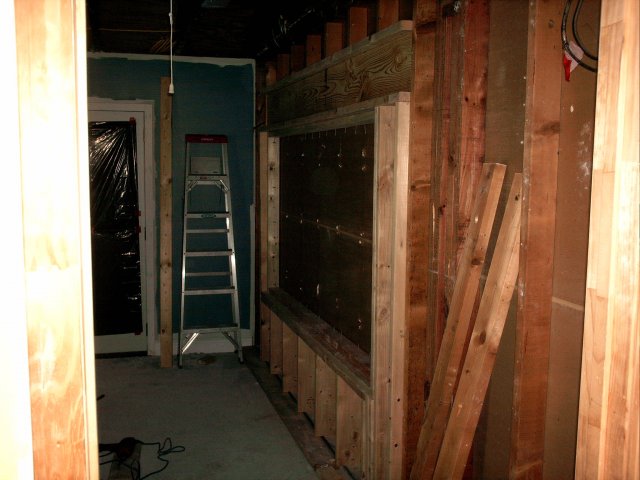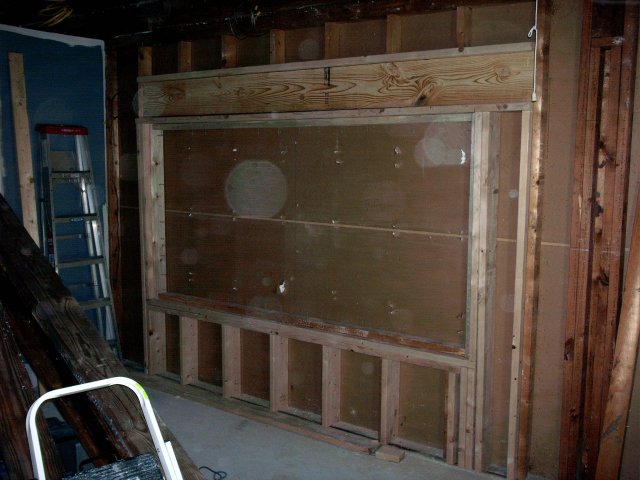Now just imagine a setup like that with an Amazon tropical setup. Imagine a huge school of Neons, Cardinals, Angels and Discus along with other small tropicals. Heck, if possible, I would build a section on top for Amazon River Turtles to climb out and bask. wow.. just image that setup.
*sigh* I need my own house.
I've seen exhibits like that. While nice, it's very difficult to maintain a good ecological balance not to mention hard as heck to filter.
I think the 15 arowanas I'm growing out would enjoy all those ready-made snacks though. As would the azul peacock bass and motoro rays I'm also putting in the tank.
BTW, my tank will be more than double the size of the shark tank build sploke linked.




